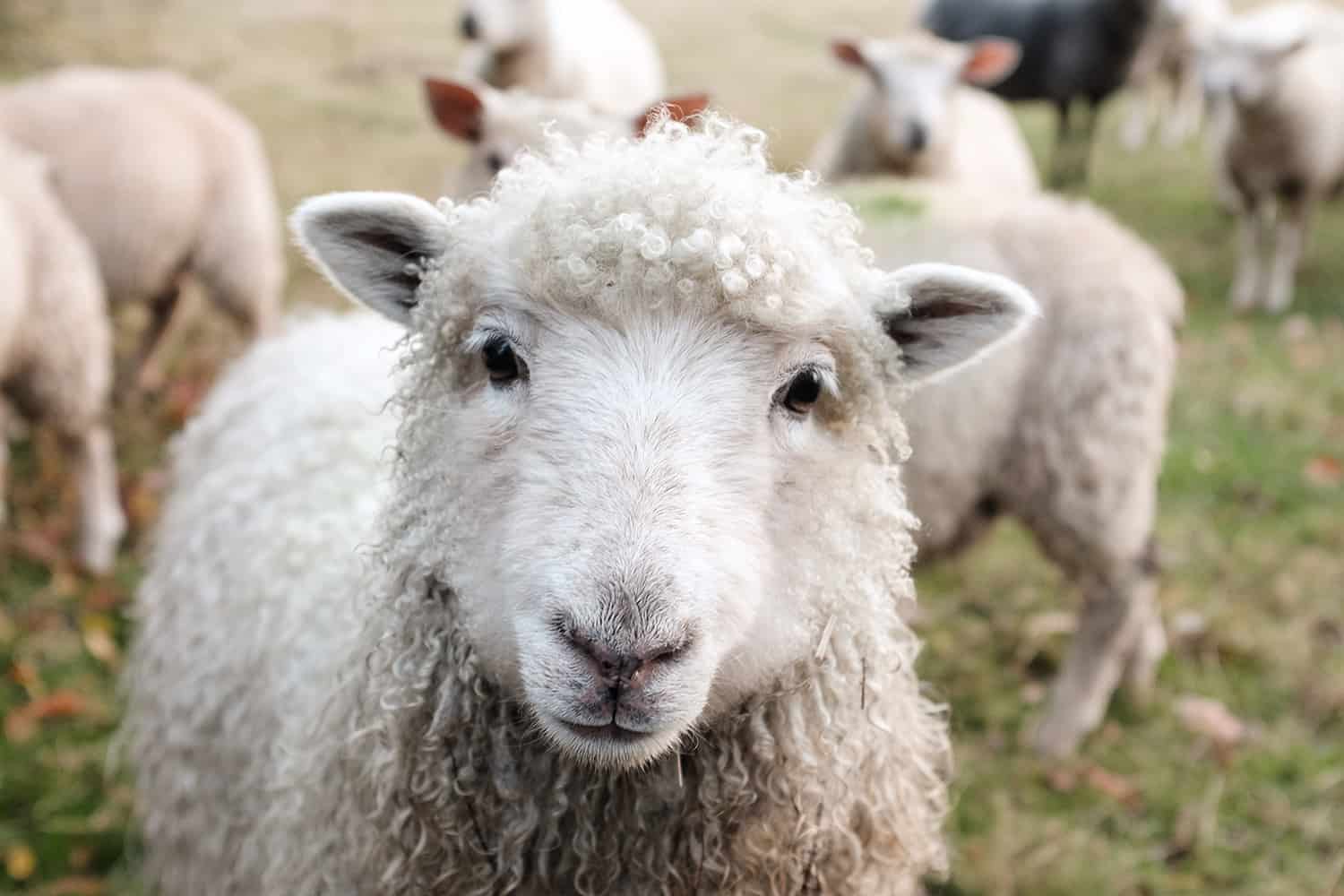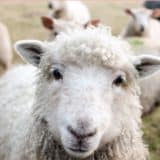How to Celebrate Imbolc: The Festival of Brigid
Your guide to the pagan fire festival.

As an Amazon Associate we earn from qualifying purchases. This post may contain affiliate links from Amazon and other sites that we collect a share of sales from. You may learn more here.
Once the winter solstice has passed, and we’ve celebrated Yule, the next Sabbat is Imbolc. Imbolc is the festival that begins at sundown on February 1st and ends at sundown on February 2. It is one of the eight sabbats for modern Wiccans. But, the Gaelic holiday is celebrated by many faiths.
What Is Imbolc?
Imbolc (pronounced IM-bolg or IM-bolk) is Old Irish for “in the belly.” It’s also known as Oimelc, Lady Day, and, in Christianity, Candlemas or St. Brigid’s Day. Traditionally, Imbolc represents the beginning of spring and the time when the first lambs are born. It’s the time of the year associated with pregnancy, and is the time to honor the fertility goddess Brigid.
As the days lengthen bit by bit. Imbolc is around the time this change really starts to show. The end of the day has noticeably more light, even though the trees and grass are still in winter’s grip.
The divine spark that was born in midwinter is growing, and nature is beginning to wake up. Remember the intentions for the new year you made? Now is the time to clear the way for them to grow, symbolically, and maybe literally!
Who Is Brigid?
The goddess Brigid (pronounced Breed or Breej) was the daughter of Dagda, the oldest god in the Tuatha dé Danann or Celtic pantheon. Brigid is a fertility goddess. She rules the fire of the hearth as well as the fire of imagination through poetry. She also blessed other skills that required the use of fire, like blacksmithing.
When Christiainity came to Ireland, Brigid became Saint Brigid, complete with a human history beginning around 450 A.D. in Kildare, Ireland. As a saint, she was known for feeding the poor and healing the sick. A perpetual flame that was tended for centuries by pagan priestesses, and later, by Brigidine nuns, burns in the town square of Kildare.
Where Are Imbolc’s Origins?
Imbolc originated in pre-Christian Ireland and was celebrated widely in the ancient Celtic world.
During the long winters in the North, wild garlic bursting through the snow and baby lambs were early signs of spring was on the way.
The Celts celebrated Imbolc to honor these first stirrings of life. Bonfires were lit in honor of Brigid and girls carried small dolls made of straw or oats representing the goddess from house to house to bless them. Sometimes offerings were left tied to trees near small springs called clootie wells.
https://www.instagram.com/p/CKPDKpFneDw/
How Do We Celebrate Imbolc Today?
Modern pagan Imbolc celebrations include activities to celebrate the coming spring and engage energetically with the cycle of the year.
Fire is still a strong component of the holiday. In Marsden, Ireland, there is a large annual fire festival. In Wicca: A Guide for the Solitary Practitioner, Cunningham writes that it’s traditional to light a candle in every room in the home or to light every lamp in the house just after sunset “to honor the sun’s rebirth.”
- Plant seeds. If you set an intention at the Yule, the winter solstice, get a couple seed packets and hold them in your hands, focusing the same intention into the seeds. Then plant the seeds in a small pot with soil and make sure to water frequently. The reminder to nurture your intentions will help them grow.
- Make Brigid dollies or Brigid crosses to protect the home.
- Bake oatcakes and leave milk outside for Brigid on Imbolc eve.
- Decorate your altar with colors and symbols related to Imbolc.
https://www.instagram.com/p/CKb_VyhBlnR/
What Are the Colors and Symbols of Imbolc?
Whether you are decorating your altar or just brightening up your home, the traditional colors and symbols of Imbolc include many sun and spring-themed items. The holiday focuses on the fiery goddess Brigid and the early springtime, so choose items that bring to mind energy springing up at this time of year.
Some altar items for inspiration:
- Incense. Myrrh, frankincense, and musk are good for creating a ritual space. Basil, rosemary, and cinnamon are good for uplifting energy.
- White, red, or orange candles
- Sun symbols
- Snowdrops (first flower of spring) or daffodils
- A tabletop fountain
- Something woolen or a sheep figure
- A triskele or other triple goddess symbol
- Early greens like wild garlic
- A blue cloth representing flowing water
- Crystals with solar or passionate associations: citrine, garnet, amber, sunstone
This Imbolc altar kit includes a clear quartz, a white candle in the shape of the goddess, incense, the materials for a Brigid’s cross, Florida water, oil, and a bird seed cake. It’s an easy way to get started too.
What are Traditional Imbolc Foods?
Most traditional Imbolc foods are things you would find in a medieval Celtic home in the middle of winter. It might be surprising that some of these are actually pretty tasty!
https://www.instagram.com/p/B5BQitbl0-T/
- Bannock – A traditional Scottish skillet bread similar in texture to a scone
- Butter – In some traditions butter was churned the same day of the festival
- Milk – You can drink it, or use it in a spiritual bath. Milk and butter are associated with Brigid’s healing and protective powers.
- Pancakes – Whether plain or with berries, the shape of pancakes evokes the sun
- Cheese – Rich sheep’s cheeses harken back to Imbolc’s origins
- Colcannon – A traditional Irish dish made with potatoes and greens





